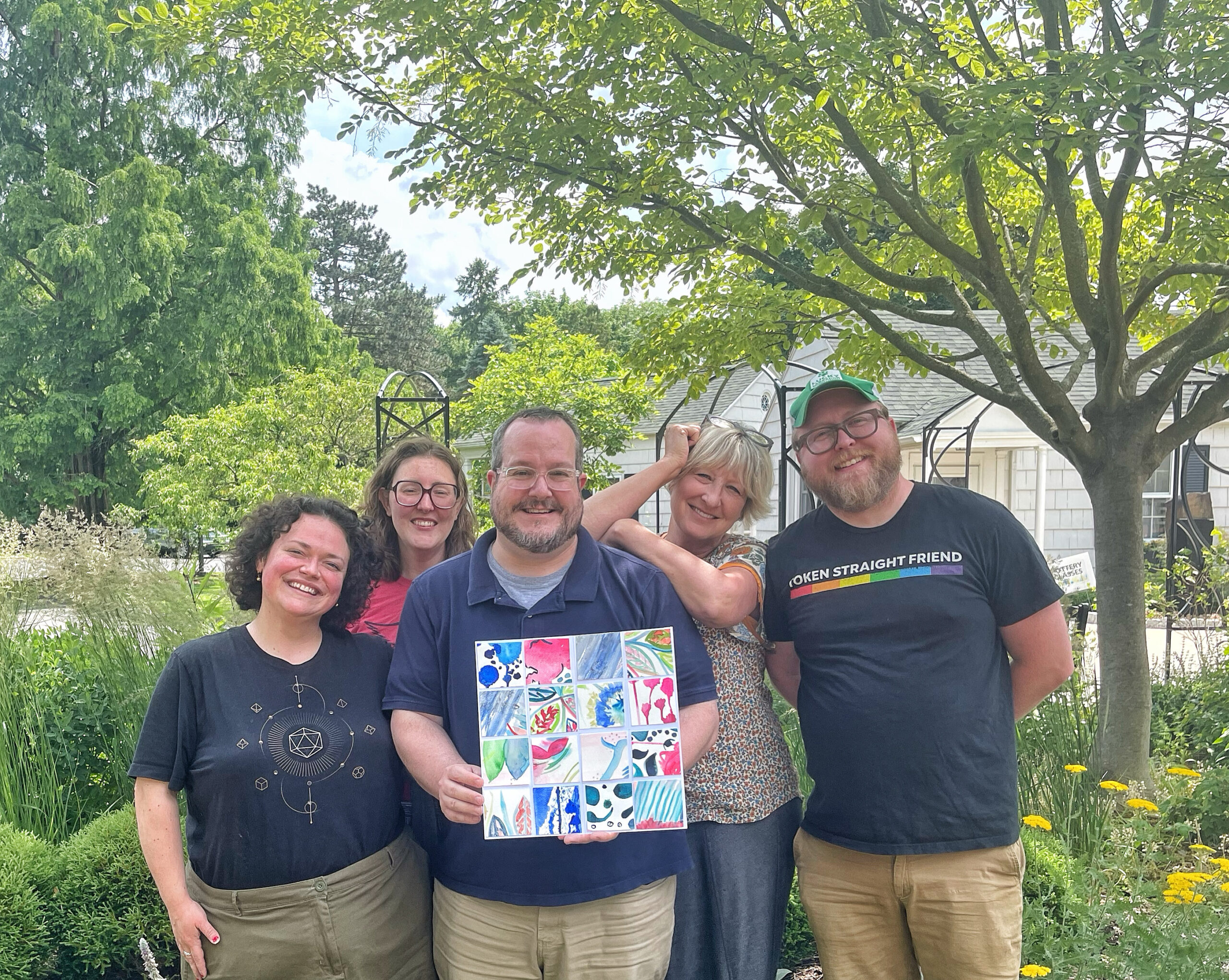trinity
episcopal church
downtown toledo
Progressive.
Inclusive. Creative.



Trinity@316
Join us in person every Sunday at 10am:
316 Adams St.
Toledo, OH 43604
419-243-1231
We need only ask for direction
Dear Friends,
There is often a manic energy that accompanies both beginnings and endings—a real or perceived urgency to do everything or finish everything. When we pause to consider how many “endings” we experience in a single year, it’s easy to see why. Many of these are dictated by calendars, deadlines, or goals, and it comes as no surprise that they bring with them a mix of emotions: stress and excitement, confusion and clarity, anticipation and reflection.
Vern McLellan’s words, “What the new year brings to you will depend a great deal on what you bring to the new year,” offer an important perspective during times of transition. Too often, we become caught in the “what was” and lose sight of the “what will become.” As children, we rarely feared possibility. Curiosity guided our learning, our discovery, and our understanding of the world around us.
In Isaiah 43:18–19, we are reminded: “Forget the former things; do not dwell on the past. See, I am doing a new thing! Now it springs up; do you not perceive it?” We are reassured that new paths are being created—even when we are unsure where those paths may lead. God offers opportunities for discovery, even when the destination is unclear.
T.S. Eliot reminds us that “the beginning is often the end,” and that “to make an end is to make a beginning.” So we are invited to ask ourselves: where will this new year’s beginning lead us? Discovery can be unsettling. The world, quite frankly, feels frightening at times. Yet we are reminded that God promises to answer when we call and to reveal “great and unsearchable things” we do not yet know.
As we enter a new year at Trinity, we also welcome a new group of individuals stepping into committee and Vestry roles. Many may have wondered whether they were capable of meeting the expectations before them. They were hesitant, yet curious—and they chose to inquire and to serve. As we approach our Annual Meeting, a time to reflect on all that has unfolded within our community over the past year, let us remember to offer prayers for those who are concluding their service. May they know that their curiosity and willingness helped shape and strengthen all the good that Trinity has offered during their time.
One individual we especially recognize is Margaret Baehren, who has faithfully served as Trinity’s elected Treasurer for the past three years. We thank her for stepping into a role that may have felt both daunting and unfamiliar, and for all she has given to our community through her service.
With her departure comes a new beginning. I have recently been voted in by the Vestry to serve as the next Treasurer. I, too, feel both nervous and curious as I step into this role. I humbly ask for your prayers as I take on this responsibility in service to you and to Trinity.
As we move through the various seasons and transitions of our lives, may we remember that the entrance and exit ramps we travel are not unguided. We need only ask for direction—and trust that an answer will come.
Karen Keune






